Goa is abuzz with excitement as vintage bike and car owners, users, collectors and fans are decking […]
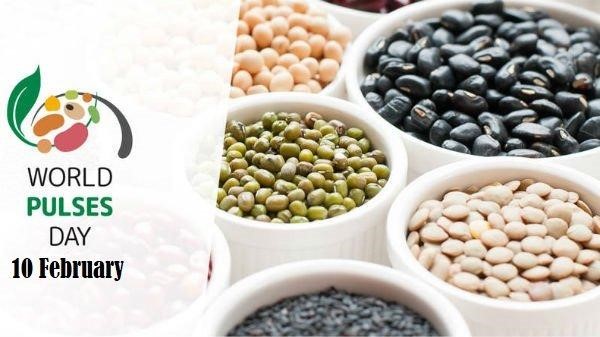
PULSES: NUTRITIONAL POWERHOUSE FOR EVERY MEAL!
Feb 17- Feb 23 2024, MIND & BODY, HEART & SOUL February 16, 2024An interview with Dr Amit Dias
On the occasion World Pulse Day, celebrated on February 10, we honor the rich tradition of pulses, which have long served as the bedrock of Indian culinary heritage. These versatile legumes not only enhance the taste and complexity of our cuisine but also deliver a nutritional powerhouse, brimming with essential nutrients. In this conversation with the esteemed Dr Amit Dias (MD) from the Department of Preventive & Social Medicine, we delve into the nutritional profiles of commonly utilized pulses in India. “Pulses not only nourish people, but they also nourish the soil,” he says, emphasizing the dual nourishment provided by pulses. Nourish your mind with power-packed pulses which are often belittled as “dhal barabar!”
Goan Observer: In order to be on the same page, can you start by explaining to our readers what pulses are and why they are important in our diet?
Dr Amit Dias: Pulses are a group of seeds that belong to the legume family. They are rich in protein, fiber and various vitamins and minerals, making them a crucial part of a balanced diet. Additionally, they are low in fat, which makes them a healthy protein source. Pulses include beans, lentils and peas…our “toor, mung, channa, rajma” which are some of the commonly consumed pulses in the Indian meal. On World Pulses day we need to raise awareness on the importance of eating pulses…lentils, peas, beans.
Q: Pulses are often consumed with other food items like rice, is there a scientific reason for that?
A: Yes there is. Pulses contain essential amino acids; however, the levels of these amino acids can vary. Some pulses might have lower levels of certain amino acids, which are referred to as limiting amino acids. For example, methionine is often limited in pulses, which is why it’s beneficial to combine them with other grains such as rice which have higher levels of methionine, to ensure a balanced amino acid profile. Our traditional wisdom is very scientific.
Q: You mentioned about the commonly consumed pulses in the Indian context, could you shed some more light on their nutritional value?
A: Here are the salient features and nutritional values of some of the commonly consumed pulses:
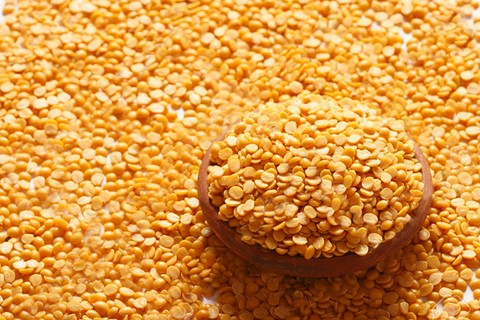
Salient Characteristics: Toor dal is known for its mild, nutty flavor and is a staple in many Indian households. It cooks relatively quickly and becomes soft and creamy when boiled. Nutritional Value: Toor dal is a rich source of protein, providing around 22 grams per 100 gram serving. It also contains a good amount of carbohydrates, essential for energy, along with minimal fats. Moreover, it is loaded with important minerals such as potassium, magnesium, and iron, as well as B vitamins like folate and vitamin B6.
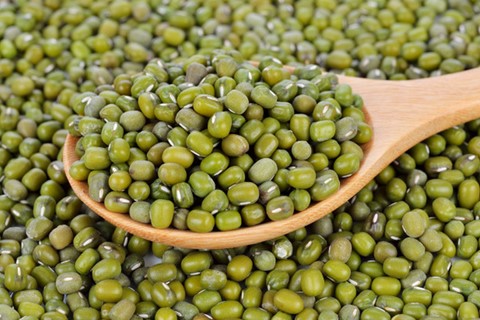
Salient Characteristics: Mung dal has a delicate flavor and a quick cooking time. It is commonly used in soups, stews, and as a filling for savory snacks.
Nutritional Value: Mung dal is a powerhouse of nutrition, boasting high protein content along with significant levels of dietary fiber. It is low in fat and rich in essential minerals such as potassium, magnesium, and iron. Additionally, it contains vitamins like vitamin C and folate, which are vital for overall health.
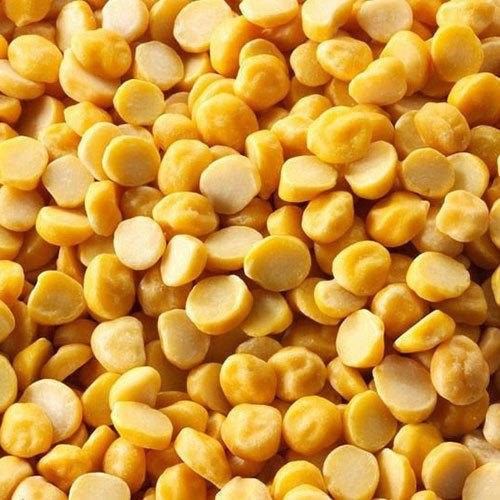
Salient Characteristics: Chana dal has a slightly nutty flavor and a firm texture, making it a versatile ingredient in various dishes, including curries, soups, and salads.
Nutritional Value: Chana dal is an excellent source of plant-based protein, offering around 19 grams per 100 grams serving. It is also rich in complex carbohydrates, providing sustained energy. Additionally, it contains essential minerals such as iron, zinc, and phosphorus, as well as B vitamins like niacin and riboflavin.
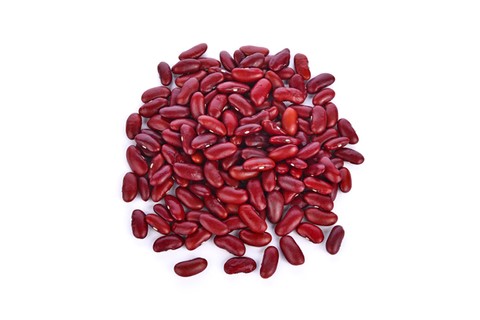
Botanical Name: Phaseolus vulgaris
Salient Characteristics: Rajma is known for its kidney-shaped appearance and creamy texture. It is a popular ingredient in North Indian cuisine, particularly in dishes like rajma masala.
Nutritional Value: Rajma is a nutritional powerhouse, packed with protein, complex carbohydrates and dietary fiber. It also contains significant levels of essential minerals such as potassium, magnesium, and manganese. Moreover, it is a good source of folate and vitamin K, important for overall health and well-being.
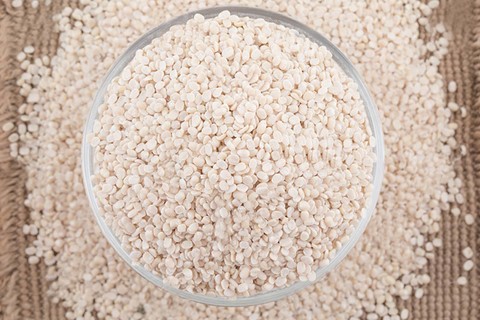
Botanical Name: Vigna mungo
Salient Characteristics: Urad dal has a robust, earthy flavor and a creamy texture when cooked. It is commonly used in dishes like dal makhani and idli/dosa batter.
Nutritional Value: Urad dal is rich in protein, providing around 25 grams per 100 grams serving. It is also a good source of complex carbohydrates and dietary fiber, which aids in digestion and promotes satiety. Additionally, it contains essential minerals such as iron, calcium, and magnesium, as well as vitamins like vitamin B1 and B6.
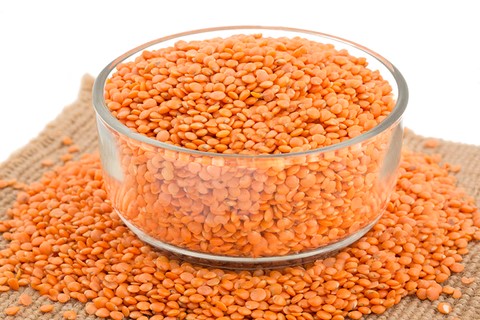
Botanical Name: Lens culinaris
Salient Characteristics: Masoor dal has a distinct reddish-orange color and cooks relatively quickly. It has a mild, earthy flavor and a soft texture when cooked, making it ideal for soups, stews, and curries.
Nutritional Value: Masoor dal is an excellent source of plant-based protein, offering around 24 grams per 100 grams serving. It is also rich in dietary fiber, which aids in digestion and promotes heart health. Additionally, it contains essential minerals such as potassium, iron, and zinc, as well as vitamins like vitamin B1 and B9 (folate).
Incorporating these pulses into your diet not only adds variety and flavor to your meals but also provides a myriad health benefits. Whether you’re looking to boost your protein intake, increase your fiber consumption, or simply add more nutrient-rich foods to your diet, Indian pulses are an excellent choice for overall health and well-being.
Q: Why is protein important in our diet, and what role do pulses play in fulfilling our protein requirements?
A: Protein is essential for various bodily functions, including building and repairing tissues, producing enzymes and hormones, and supporting immune function. Pulses provide a valuable plant-based source of protein, making them especially important for individuals following vegetarian or vegan diets, as well as for those looking to diversify their protein sources.
Q: Lastly, could you shed light on why World Pulses Day is observed on Feb 10?
A: World Pulses Day, first introduced by the UN in 2016, is observed to raise awareness about the nutritional and environmental benefits of consuming pulses. It celebrates the role of pulses in sustainable food production, as they enrich the soil and have a lower carbon footprint compared to animal-based protein sources. It not only nourishes the body, but also nourishes the soil. This is highlighted in the theme for World Pulses Day this year — “Pulses: Nourishing soil and People.” It also plays a significant role in combating malnutrition and food insecurity around the world. Make sure your plate has some pulses in it and join the celebration.
















